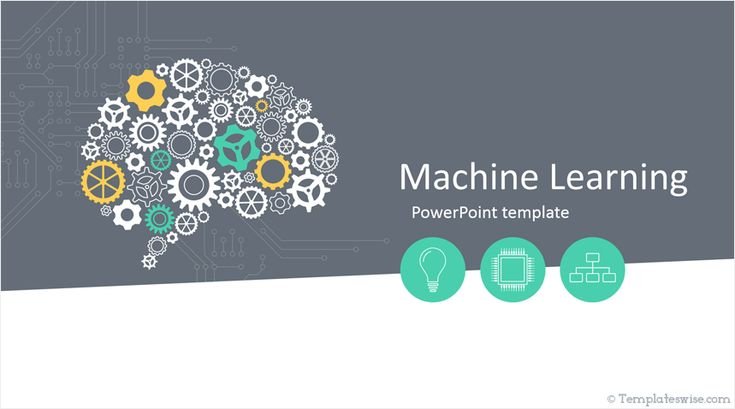Machine learning (ML) is a rapidly growing field that has revolutionized various industries, from healthcare and finance to marketing and entertainment. Learning machine learning can seem daunting due to its complex mathematical foundations and vast range of applications. However, with the right approach and resources, anyone can master this exciting field. Here’s a comprehensive guide on how to learn machine learning.
1. Understand the Basics
Prerequisites
Before diving into machine learning, it’s important to have a solid understanding of some fundamental concepts:
- Mathematics: Key areas include linear algebra, calculus, probability, and statistics.
- Programming: Proficiency in a programming language, particularly Python, which is widely used in ML.
- Data Structures and Algorithms: Understanding these will help you write efficient code.
Foundational Knowledge
Start with the basics of machine learning to build a strong foundation. Understand the following concepts:
- Supervised vs. Unsupervised Learning: Learn the difference between these two main types of ML tasks.
- Regression vs. Classification: Understand the distinction between predicting continuous values and discrete categories.
- Overfitting and Underfitting: Learn about these common problems and how to avoid them.
2. Choose the Right Resources
Online Courses
There are many excellent online courses that can help you learn machine learning:
- Coursera: “Machine Learning” by Andrew Ng is a highly recommended course for beginners.
- edX: Offers various courses from institutions like MIT and Harvard.
- Udacity: Their “Intro to Machine Learning with PyTorch and TensorFlow” is comprehensive.
Books
Books can provide a deeper understanding of machine learning concepts:
- “Pattern Recognition and Machine Learning” by Christopher Bishop
- “Hands-On Machine Learning with Scikit-Learn, Keras, and TensorFlow” by Aurélien Géron
- “Deep Learning” by Ian Goodfellow, Yoshua Bengio, and Aaron Courville
Tutorials and Blogs
Websites like Medium, Towards Data Science, and Kaggle provide valuable tutorials and articles written by practitioners.
3. Practice, Practice, Practice
Coding Exercises
Apply what you’ve learned through coding exercises. Websites like HackerRank, LeetCode, and Kaggle offer problems and competitions to hone your skills.
Projects
Working on projects is crucial. Start with simple projects like linear regression or classification tasks, then move on to more complex projects like image recognition or natural language processing.
Kaggle Competitions
Participate in Kaggle competitions to apply your skills to real-world problems and learn from others in the community.
4. Dive Deeper
Advanced Topics
Once you have a good grasp of the basics, explore advanced topics:
- Deep Learning: Learn about neural networks, convolutional neural networks (CNNs), and recurrent neural networks (RNNs).
- Natural Language Processing (NLP): Study techniques for processing and analyzing text data.
- Reinforcement Learning: Understand how agents learn to make decisions by interacting with an environment.





